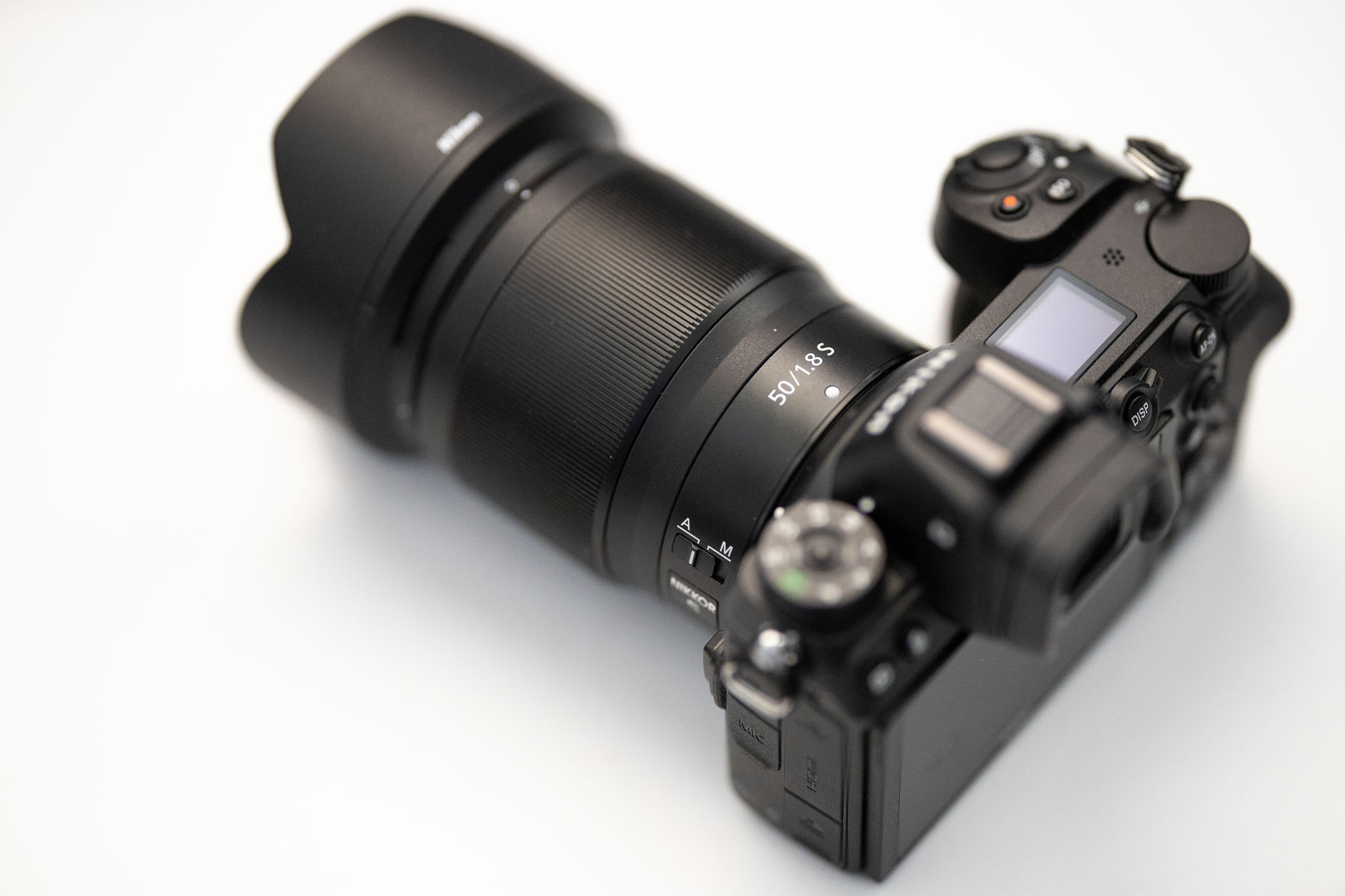
8.0 Score
A 50mm lens is considered the “normal” focal length on 35mm format cameras. It marks the point between “wide-angle” and “telephoto”, and it gives about the same magnification as the human eye.
This sounds like a really important lens, right? Nikon thinks so, considering that they’ve launched about 30 such lenses over the last ~60 years. So, the new Nikon Z (mirrorless) series 50mm f/1.8 S has almost as many shoulders to stand on as a Casteller in Barcelona.
 Nikon Z7, Nikon 50mm f/1.8 S | 1/320 sec, f/1.8, ISO 100
Nikon Z7, Nikon 50mm f/1.8 S | 1/320 sec, f/1.8, ISO 100
It’s a modest flagship lens, if ever there was one, given its common max aperture of f/1.8, (instead of f/1.4 or f/1.2) its diminutive weight & size, yet nearly $600 price tag.
It is utterly dwarfed by the Nikkor Z 58mm f/0.95 S “Noct”, and will likely also be significantly smaller than the Z 50mm f/1.2 S that is on Nikon’s roadmap for 2020.
[Related Reading: Nikon Z7 Full-Frame Mirrorless Camera Review]
Don’t be fooled by any allusions to “modest”, however, when it comes to the Z 50mm f/1.8 S. It is indeed a flagship quality lens! In this review, we’ll tell you all about it, and why you should probably get this lens if you’re considering Nikon’s Z-series mirrorless system.

Nikon Nikkor Z 50mm f/1.8 S Specifications
Price: $597 (Available at B&H)
Aperture Range: f/1.8-16
Angle Of View: 47 degrees
Minimum Focus & Magnification: 1.31 ft (40 cm), 0.15x
Optical Construction: 12 elements, 9 groups, 2 aspherical, 2 extra-low dispersion, Nano Crystal coatings, Super Integrated coatings
Mechanical Construction: Some plastic, some metal, fully weather sealed
Filter Threads: 62mm
Dimensions: 2.99″ x 3.4″ (76×86.5mm)
Weight: 14.6 oz (415g)
Nikon Z 50mm f/1.8 S | Who Should Buy It
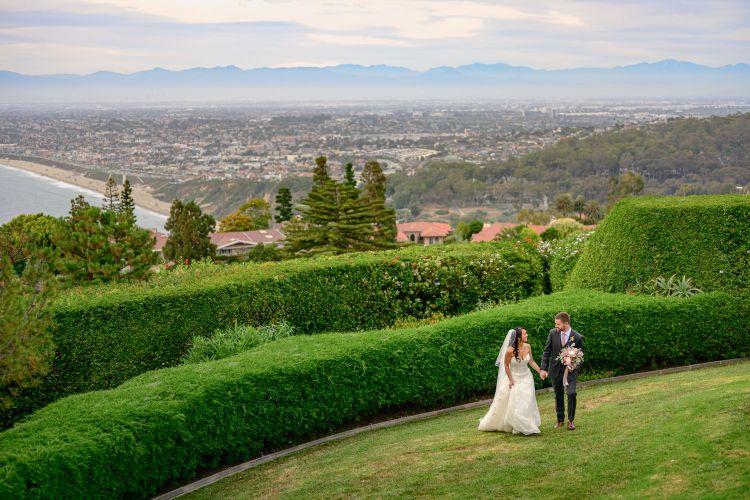 Nikon Z7, Nikon 50mm f/1.8 S | 1/1250 sec, f/1.8, ISO 64
Nikon Z7, Nikon 50mm f/1.8 S | 1/1250 sec, f/1.8, ISO 64
All photographers should at least try a 50mm prime for a while. Many photographers will want one in their bag at all times, even if they prefer zooms or other focal lengths. It’s just so useful! (How many of you have heard the phrase, “nifty fifty”?)
So, hobbyists and professionals alike should consider the Z 50mm f/1.8 S, if they’re getting a Z6 or Z7 to join the FX mirrorless revolution. Whether you shoot portraits, weddings, and anything with people, or you shoot landscapes, nightscapes, and basically anything nature/outdoors, you should have this lens.
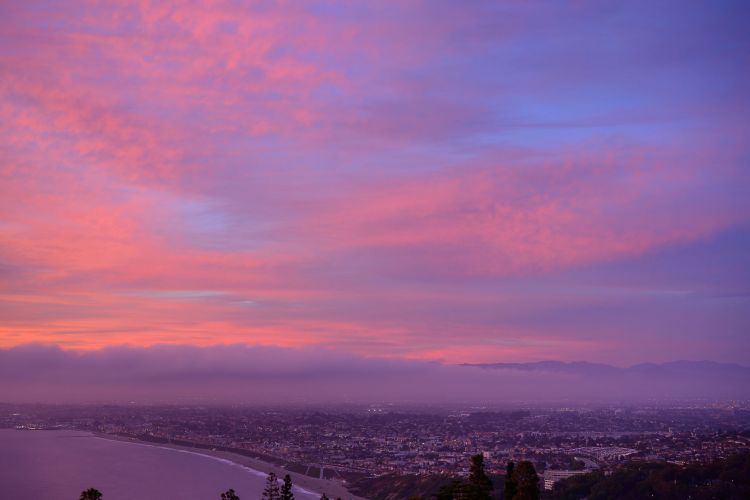 Nikon Z7, Nikon 50mm f/1.8 S | 1/40 sec, f/2.8, ISO 64
Nikon Z7, Nikon 50mm f/1.8 S | 1/40 sec, f/2.8, ISO 64
Actually, it’s not that simple. In fact, there’s a pretty big dichotomy between “normal” range prime lens shooters: Those who love 50mm and swear by it alone, and those who prefer the two-prime combo, often 35mm+85mm.
But, how do you know if you’re the type of photographer who prefers a single prime that roughly splits the difference, or the type of photographer who doesn’t mind swapping lenses on a regular basis in order to get a little more diversity in the look of your images?
[Related Reading: Nikon Z6 Review – Does Sony Have Serious Competition?]
The only way to know is to experience all of these focal lengths for yourself. Try 50mm first, and then also try 35mm and/or 85mm, and see which focal length suits your style of shooting best.
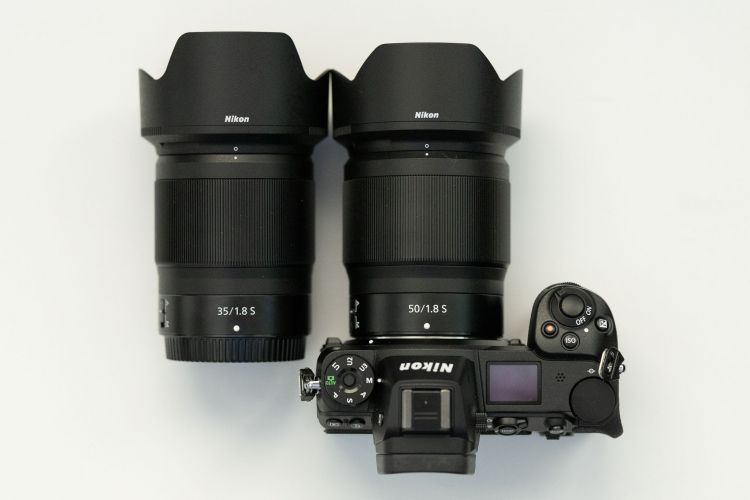 Can two lenses possibly look more alike? (Cute, but not always convenient.)
Can two lenses possibly look more alike? (Cute, but not always convenient.)
Nikon Z 35mm f/1.8 S, Z 50mm f/1.8 S, Nikon Z7
 Nikon Z 35mm f/1.8 S, Nikon Z7 | 1/1250 sec, f/1.8, ISO 64
Nikon Z 35mm f/1.8 S, Nikon Z7 | 1/1250 sec, f/1.8, ISO 64
 Nikon 50mm f/1.8 S, Nikon Z7, | 1/250 sec, f/1.8, ISO 64
Nikon 50mm f/1.8 S, Nikon Z7, | 1/250 sec, f/1.8, ISO 64
It almost doesn’t matter whether you’re shooting portraits, landscapes, or anything in between; it really depends on your actual style of shooting. If you like to feel close to your subjects, maybe 35mm is perfect. If you love to give your subjects some distance, add compression to the background, and/or really blur it out, maybe 85mm is perfect. And of course, 50mm is right there in between. Personally? I’m more of a 24mm, 50mm, and 105mm guy myself. Or maybe a 20mm, 35mm, 85mm, and 135mm kinda guy. But now I’m getting carried away…
The bottom line is still this: ALL photographers should give 50mm a try. So if a Nikon Z6 or Z7 is you very first full-frame camera, try the Z 50mm f/1.8 S. If you’ve already been an FX DSLR shooter for a while, then there’s a chance you may already know which prime is your favorite focal length, but if not, …give this lens a try.
 Nikon 50mm f/1.8 S, Nikon Z7, | 1/250, f/1.8, ISO 64
Nikon 50mm f/1.8 S, Nikon Z7, | 1/250, f/1.8, ISO 64
Nikon Z 50mm f/1.8 S – Pros
These days it’s probably harder to make a BAD 50mm prime than it is to make a decent or even great one. Regardless of brand or mount, 50mm’s usually turn out great. If you’re a pretty casual photographer, or if you always shoot with your lenses stopped down quite a bit, then you’re easy to please. The bottom line is, you’ll have to really nit-pick and pixel-peep to find anything wrong with this lens. So, get ready for a substantial list of pros, and some pretty weak or non-issue cons…
Image Quality
 Watching (Illegal) Fireworks, 4th of July 2019
Watching (Illegal) Fireworks, 4th of July 2019
Nikon Z 50mm f/1.8 S, Nikon Z7 | 30 sec, f/7.1, ISO 64
 100% Crop, 45 megapixels, f/7.1 | Low-Radius Sharpening Applied
100% Crop, 45 megapixels, f/7.1 | Low-Radius Sharpening Applied
The new Nikon Z mount must be a delight for Nikon engineers to design lenses for, especially compared to the previous SLR/DSLR F mount. It’s so big, just by looking at the front of a Nikon Z6 or Z7 you can clearly see that even the extreme corners of the sensor have plenty of room for a lens’ optics to hit it with light from any angle, even a perfect 90 degrees. (Which is always optimal for light-gathering)

 100% Crop, f/1.8, 45 megapixels, edge | Conclusion: It’s sharp. Let’s skip
100% Crop, f/1.8, 45 megapixels, edge | Conclusion: It’s sharp. Let’s skip
straight to the extreme corner, the only place we’ll see a slight difference!

With that in mind, yup, the Nikon Z 50mm f/1.8 S has incredible image quality. Sharpness is amazing even at 45 megapixels, corner-to-corner, wide open at f/1.8. All the other aspects of image quality that can usually suffer in the corners, such as vignetting and distortion and color aberrations, are all decently low, just faintly visible wide open, and vanish completely when stopped down to f/2.8 when using the built-in lens correction profile.
 Nikon 50mm f/1.8 S, Nikon Z7, | 1/160, f/1.8, ISO 250
Nikon 50mm f/1.8 S, Nikon Z7, | 1/160, f/1.8, ISO 250
Regarding the other aspects of image quality that are a lot more subjective, the Nikon is also going to look pretty good to a lot of different types of photographers. Colors and contrast are vibrant and clear. Bokeh is decently buttery and smooth, without much “busy” looking subjects. Flare dots are at a minimum, while that warm haze is beautiful when you want it. Sunstars, well, they’re not very prominent since the lens has so many rounded aperture blades, but they’re there if you hit f/11 or f/16.
IMAGE QUALITY DISCLAIMER: Nikon, like Sony and Canon, are putting built-in lens correction profiles in their raw data now, which corrects things like vignetting, distortion, and color aberrations by default. Meaning, you can’t turn the profile on/off in Lightroom, in fact, you simply can’t go “under the hood” and glimpse the actual, uncorrected vignetting etc when using Adobe Lightroom.
The vignetting is still noticeable if you compare images at f/1.8 and f/4, and yet who knows how much more is being corrected before we even see the images in Lightroom?
Either way, it’s a concern that I am going to mention every time I see it on a Z-series lens, because I don’t want the optical engineers to think they can get away with worse and worse optics just by correcting vignetting or distortion in raw processing.
[Related Reading: Hot Deal – Nikon D810 And D5 Get Massive Price Drops!]
Most people will never see the consequences of it, however, I’ve already noticed that the vignetting correction can lead to some odd color changes when shooting near-white subjects and heavily processing the files. It wasn’t nearly as visible on the Z 50mm f/1.8 S as it was on the Nikon Z 24-70mm f/4 S, but it did seem like there could be something going on behind the curtain…
 Nikon 50mm f/1.8 S, Nikon Z7, | 8 sec, f/2, ISO 64
Nikon 50mm f/1.8 S, Nikon Z7, | 8 sec, f/2, ISO 64
 100% Crop, f/2, 45 megapixels, edge
100% Crop, f/2, 45 megapixels, edge
(Incredible sharpness, very low coma, astigmatism, and color fringing!)
 100% Crop, f/2, 45 megapixels, corner
100% Crop, f/2, 45 megapixels, corner
(Incredible sharpness, very low coma, astigmatism, and color fringing!)
Last but not least, if you’re hoping to photograph the night sky with this lens, there’s barely any coma, although there is still a faint amount of color fringing around brighter stars or planets. You can usually remove color fringing with tools in Lightroom, or stop down to f/2.8 for truly crisp, detailed astro photos.
Macro Ability
 Nikon 50mm f/1.8 S, Nikon Z7, | 1/100 sec, f/1.8, ISO 125
Nikon 50mm f/1.8 S, Nikon Z7, | 1/100 sec, f/1.8, ISO 125
 Nikon 50mm f/1.8 S, Nikon Z7, | 1/125 sec, f/1.8, ISO 400
Nikon 50mm f/1.8 S, Nikon Z7, | 1/125 sec, f/1.8, ISO 400
A lot of older 50mm’s couldn’t focus very close. Or, if they could, they’d be completely soft, and pretty much terrible until you hit f/4 or f/5.6.
So, I’m happy to report that the Nikon Z 50mm f/1.8 S can double as a decent close-up lens, and even at its closest focus distance the sharpness is impressive wide-open, and near-perfect by f/2.8 like it is at normal distances.
Durability
 The lack of rubber on the focus ring is actually a very welcome thing!
The lack of rubber on the focus ring is actually a very welcome thing!
I’m really liking how Nikon has adopted a metal/plastic finish to these Z-series primes; focus ring rubber would always get gross and slippery after a year or two of heavy use on hot summer days here in Southern California. I do have some complaints about the actual design of the lens, however, which we’ll get to in a minute.
 The new orientation of electronic contacts is much better, too
The new orientation of electronic contacts is much better, too
By the way, I honestly don’t care anymore if lenses are made of “all metal”, or have parts that are “high grade plastic”. Why? Because that high grade plastic, or imitation carbon fiber, or whatever they’re calling it these days, is damn resilient.
I’ve had many all-metal lenses that took just one single bump to a moving part of the lens barrel, and a permanent ding immediately caused the zoom or focus ring to start sticking or grinding. When that happens, the repair is expensive, and never under warranty.
But all of the partly plastic, partly metal lenses that I’ve had in recent years have all seemed nearly indestructible, because no matter how many bumps and dings they get, they retain their shape shape and never pinch or grind.
Any amount of abuse that could potentially break this lens is probably the same amount of abuse that would also damage an all-metal lens of the “they don’t make ‘em like they used to” good old days. So the hood, filter threads, etc. being plastic is fine with me.
Portability
 It’s certainly not tiny, but neither does it qualify as large. Considering the
It’s certainly not tiny, but neither does it qualify as large. Considering the
impressive optical performance, it’s probably as portable as it can be…
It’s not nearly as diminutive as, say, an old Nikon pancake 45mm f/2.8 lens, or a Series-E 50mm f/1.8 manual focus lens, however, it’s still compact and portable as far as modern full-frame lenses go.
I do wish it was a little smaller, if I’m honest. I was really hoping that this enormous Z mount would lead to some absolutely tiny optical formulas, but it seems clear that Nikon has chosen to balance portability and high image quality. So, I’ll take what I can get. (I do hope there are some “pancake” lens size f/2.8 primes in our future, though!)
Autofocus Performance
 Nikon 50mm f/1.8 S, Nikon Z7, | 1/200 sec, f/1.8, ISO 800
Nikon 50mm f/1.8 S, Nikon Z7, | 1/200 sec, f/1.8, ISO 800
Autofocus precision and consistency are two different things. Firstly, can a lens even lock focus perfectly at all? Secondly, can it do so every single time, or is it only trustworthy part of the time?
Thankfully, Nikon’s on-sensor hybrid autofocus combined with the focus motors in the new S-series Z-mount primes does offer both precision and reliability.
Make no mistake, it’s definitely not on par with what Sony’s latest generation FE (E) camera bodies can offer, when paired with any of their latest-generation 50mm primes. Sony’s autofocus technology is head-and-shoulders above the competition.
Nikon’s overall autofocus technology is also trailing a bit behind Canon’s when it comes to low-light focus reliability.
However, it’s still a huge step forward for Nikon autofocus overall, because compared to the DSLRs that many are used to, one of the biggest frustrations has been almost completely eliminated, and that is the front/back focus issues that plagued off-sensor autofocus of any kind.
So, if you’re an existing Nikon DSLR user, you can expect the Nikon Z system to deliver amazing autofocus performance in most lighting conditions, even though it can suffer in dim lighting. And that’s not the lenses’ fault, that’s the camera’s AF technology. I look forward to seeing vast improvement in this area soon.
Value?
Okay, this is a 50mm f/1.8 lens that costs nearly $600. Usually, you could buy three “nifty fifty’s” for that much, or more. You can probably still find AF or AF-D 50mm f/1.8’s on sale used for about $100, actually, that work just fine on a D750 or D850.
So, is this lens a good value for someone with a Z6 or Z7? Yes, it absolutely is, as long as you’re OK with f/1.8. Because everything else about the lens is pro-grade. This is simply not your usual beginner quality “nifty fifty”. It’s ready for flagship duty, from its resolving power to its overall construction.
If you think you absolutely need f/1.4, for the DOF or the extra shutter speed, that’s understandable. The 50mm f/1.4 G is pretty cheap these days. Personally, I’d rather have this Z lens.
 Nikon 50mm f/1.8 S, Nikon Z7, | 1/400 sec, f/1.8, ISO 64
Nikon 50mm f/1.8 S, Nikon Z7, | 1/400 sec, f/1.8, ISO 64
What defines a flagship lens, to me? Being able to shoot wide open without worrying at all about how “printable” the files will be, even when placing key subjects well away from the center of the frame.
Nikon Z 50mm f/1.8 S – Cons
OK, if it’s pretty much the sharpest 50mm Nikon has ever made, and if it’s actually worth three times as much as its f/1.8 predecessors, can I find something to complain about? Of course I can…
Minimal Physical Design
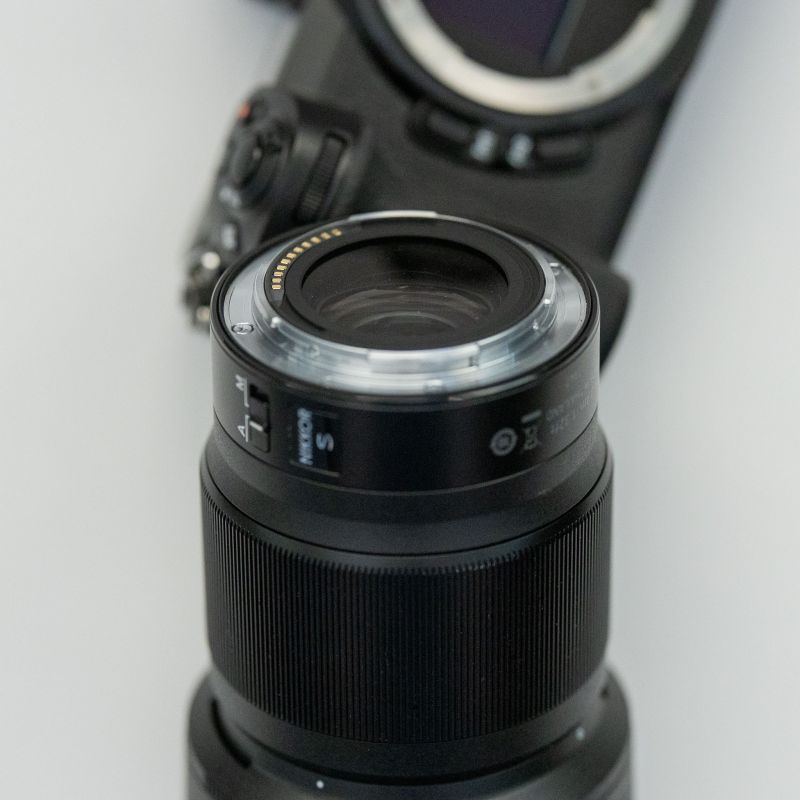
To be fair, most of the complaints that I can come up with are the same ones that I get to complain about for most mirrorless lenses, of all brands: they’re just a bit too modern and basic for my oldschool ways.
I like lenses that have physical focus rings that can directly, mechanically drive the optics. I like having a focus distance scale right there on the lens, with hyperfocal markings that are actually useful, too. (Instead of just two tiny dots that mark f/16 like many modern autofocus SLR lenses have had, which is almost useless for digital era’s much more complex hyperfocal calculations)
Now, with mirrorless lenses like this, we have zero markings on the lens. I’m actually lucky to have an AF/MF switch on the lens!
But, that’s just me, an older guy who misses “good ‘ol days” sometimes.
To be fair, they’ve tried to make up for the minimal lens design with electronic focus distance scales and (admittedly really cool) bells and whistles like automated focus stacking.
So, really? I’m pretty happy with these Z/S lenses that I’ve been testing over the last 6-7 months. I’m actually working on a tutorial right now about how cool the Nikon Z7’s focus stacking feature is.
However, if my only reason for picking up a digital camera were landscape and nightscape photography alone, you better believe I’d be keeping my eyes out for any Rokinon/Samyang (or Irix, or Laowa, etc.) specialty lenses with awesome manual focusing capabilities…
A disclaimer, before we continue to the last three cons: These are petty. I’m just nit-picking here…
Nikon Z 35mm f/1.8 S – Deja Vu?
 Nikon Z 50mm f/1.8 S, Nikon Z 35mm f/1.8 S
Nikon Z 50mm f/1.8 S, Nikon Z 35mm f/1.8 S
Yeah, it’s a little annoying that the Z 50mm S and Z 35mm S look so identical. You definitely need to memorize which compartment or pouch in your camera bag you’re going to always put these two lenses, because otherwise you’re going to reach for the wrong lens almost half the time.
The Giant Focus Ring

That focus ring is way too big, considering that these days most photographers are going to rely almost entirely on autofocus. They could have made the focus ring 2/3 or 1/2 the length, and put a little bit of grippy surface on the lens barrel itself, and it would have gone a long way in making the lens easier to mount/unmount. As it is, almost the entire lens is rotating, and the parts that don’t rotate are, well, slippery.
62mm Filter Threads

It had to be 62mm, didn’t it… That’s literally the most obscure filter thread diameter ever, from 52mm to 82mm. I actually have step-up rings for EVERY filter thread size, besides 62mm. But, I guess 62mm is the new 52mm. Just another step-up ring to buy for all my 77mm and 82mm ND & polarizing filters…
Nikon Z 50mm f/1.8 S – Compared To The Competition
 Nikon 50mm f/1.8 S, Nikon Z7, | 1/500 sec, f/1.8, ISO 64
Nikon 50mm f/1.8 S, Nikon Z7, | 1/500 sec, f/1.8, ISO 64
Since 50mm is literally the most popular focal length ever, we’re going to have to organize the competition/alternatives into a few categories. First, let’s talk about native Z-mount competition: There is none. This is the only native (autofocus) lens available for Nikon’s Z-series cameras. End of discussion.
Second, you’ve got the FTZ adapter, and native Nikon/Nikkor F-mount lenses. All of a sudden there are a ton of lenses you could choose. Unfortunately, all the older AF-D etc lenses won’t autofocus on the FTZ adapter, and all of the Nikkor G lenses don’t come even close to touching the sharpness and image quality of this Z/S prime.
You could argue that the Nikon 58mm f/1.4 G has plenty of sharpness and by far the most “character” of any ~50mm lens in the Nikon F-mount, and you’d be right. However, that lens costs exactly $1,000 more. If you’re considering that lens, or if you already own it, then stick with it, and maybe check out the Nikon Z 50mm f/1.2 S that is slated to arrive in 2020. (It will probably cost about $2,000, though!)
 Nikon 50mm f/1.8 S, Nikon Z7, | 1/320 sec, f/5.6, ISO 64
Nikon 50mm f/1.8 S, Nikon Z7, | 1/320 sec, f/5.6, ISO 64
Third-Party Competition (On the FTZ adapter)
Third, (pun not intended) you’ve got options on the FTZ adapter from third parties. There are some impressively sharp 50mm f/1.4’s, like the Sigma 50mm f/1.4 Art, but they’re rather front-heavy by the time you get them on the FTZ adapter, and autofocus won’t be as reliable as a native lens.
Unfortunately, it might be a long time before we see native, fully electronically compatible lenses from any third parties, because Nikon is keeping their Z mount lens communication protocol a secret. My guess is that if you’re hoping for a Tamron, Tokina, Sigma, or Rokinon 50mm with autofocus for the Z mount, you’ll be waiting at least a year or two, probably more.
As I’ve mentioned a few times already, there is a Nikkor Z 50mm f/1.2 S on the horizon; it’s on the official Nikon lens roadmap for a 2020 release. Should you wait for that, if you already know that f/1.8 isn’t going to be enough for your style and needs? Nahh, just get this lens in the meantime. A Nikon Z-mount 50mm f/1.2 is likely to be huge, heavy, and $2,000 or more. You might find that for your shooting style, you’re more than happy with the image quality and versatility of this 50mm, despite its modest aperture. (IBIS can help you shoot hand-held at slower shutter speeds, don’t forget!)
TLDR: just get the Nikon Z 50mm f/1.8 S. For me, the whole point of the Nikon Z system is the new lenses that are possible.
Nikon Z 50mm f/1.8 S Review – Conclusion
 Nikon 50mm f/1.8 S, Nikon Z7, | 1/250 sec, f/1.8, ISO 64
Nikon 50mm f/1.8 S, Nikon Z7, | 1/250 sec, f/1.8, ISO 64
Wow, over 3,000 words about a 50mm f/1.8 lens. I think I might have G.A.S. (That’s Gear Acquisition Syndrome!)
But seriously folks, it’s really quite simple: All full-frame kits should probably have a 50mm prime in them, and the Nikon Z 50mm f/1.8 S is an impressive starting point for what will eventually be an amazing arsenal of Nikkor glass. So, unless you’re getting the 35mm f/1.8 S instead and/or waiting for an inevitable 85mm f/1.8 S, just get your order in for the Nikkor Z 50mm f/1.8 S now!
Price & Availability
You can expect the Nikon 50mm f/1.8 S to cost about $600.
It can be found here on B&H, Adorama, and Amazon.
Matthew Saville
Follow his wilderness nightscape adventures on Instagram: instagram.com/astrolandscapes




Get Connected!